Often, famous artists are remembered not just for the quality and unique style of their art, but also for their own individual character and influence on culture. It’s important for kids to learn about the artists as well as their works of art. It’s also helpful to learn the role that culture played in each artist’s individual work.
The following famous artists have inspired and enriched the world of art, and their work will always hold a place in history. Just as every one of us has our own culture, our own DNA, and, ultimately, our own story, so do each of these famous artists. So let’s celebrate the world of art, the artists from around the world who made masterpieces from blank canvases, and, ultimately the culture and diversity that inspired them.
Pablo Picasso
Malága, Spain
Image may be NSFW.
Clik here to view.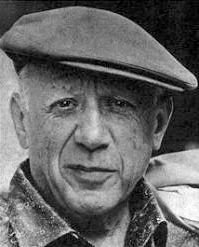
Picasso painted mostly from imagination or memory, and he preferred to paint individuals whose lives had impacted his own. In a sense, Picasso’s work constitutes a “vast pictorial autobiography.” The autobiographical nature of Picasso’s art is reinforced by his habit of dating his works, often to the day. He explained that he wanted “to leave to posterity a documentation that will be as complete as possible. That’s why I put a date on everything I do.”
Vincent van Gogh
Zundert, Netherlands
Image may be NSFW.
Clik here to view.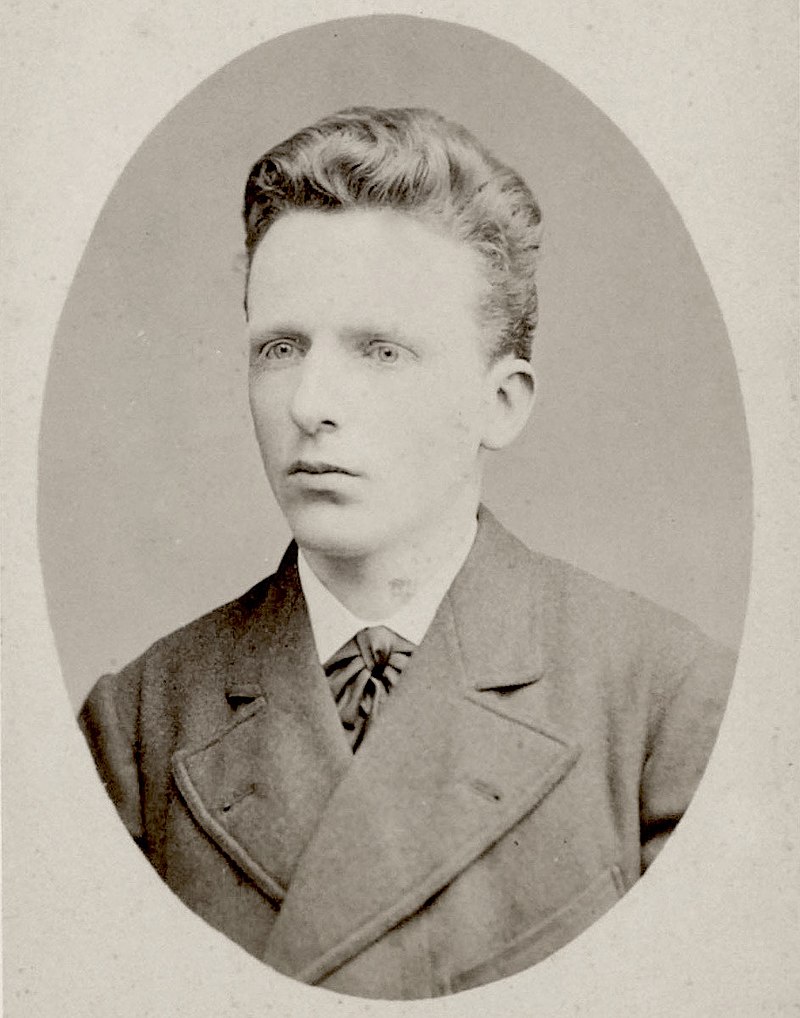
Image may be NSFW.
Clik here to view.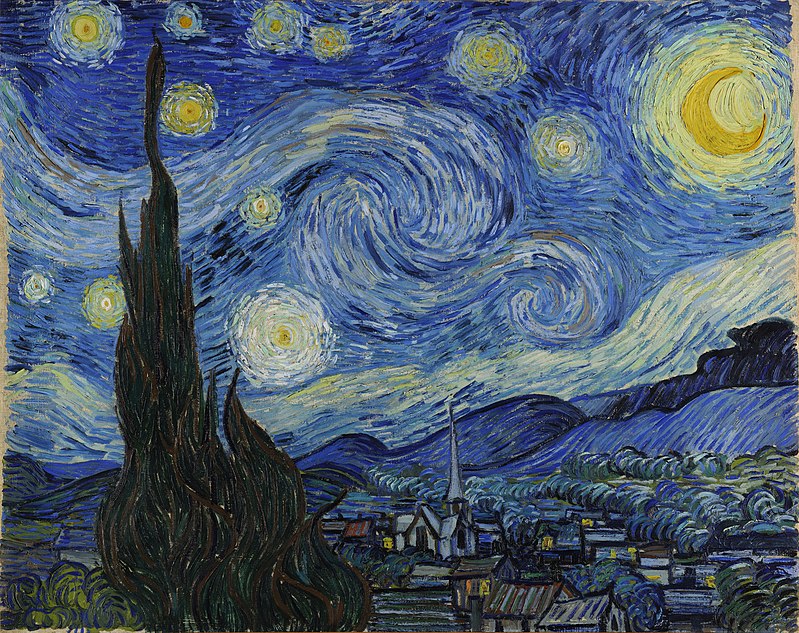
Van Gogh took up art as an adult, yet his early commissioned work did not meet expectations for his clients. He persevered by experimenting with lighting and using different drawing materials, and he knew that all he needed was more experience and technical expertise. Color interested him greatly as having a “psychological and moral weight.” Van Gogh strove to be a painter of rural life and nature, and he believed that a power existed behind the natural. His beliefs allowed him to create paintings that are filled with symbolism, and his dream came true one painting after another.
Claude Monet
Paris, France
Image may be NSFW.
Clik here to view.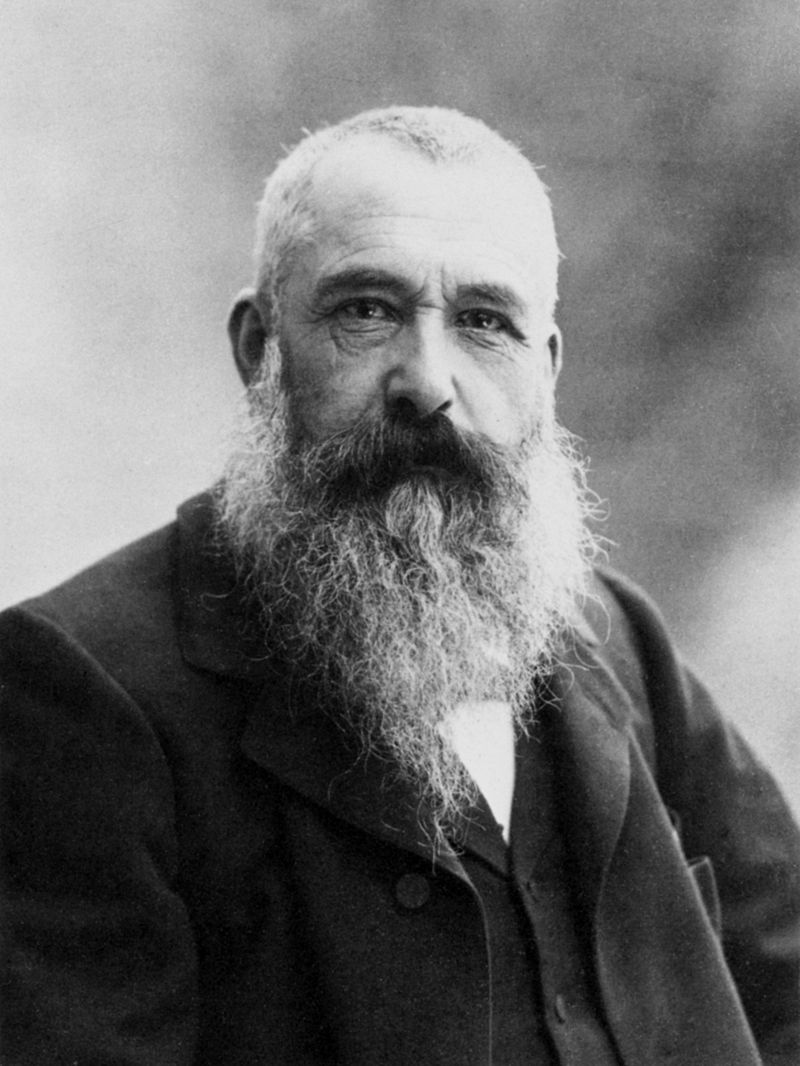
Image may be NSFW.
Clik here to view.
When Monet traveled to Paris to visit the Louvre, he saw other painters copying from the “old masters” or other painters of skill. Monet would instead go and sit by a window and paint what he saw. He thought in terms of colors and shapes rather than scenes and objects, and he rejected the academic teachings he has been accustomed to. He freed himself from theory, saying “I like to paint as a bird sings.” Because of this, Monet has been described as “the driving force behind impressionism.”
Andy Warhol
Pittsburgh, PA
Image may be NSFW.
Clik here to view.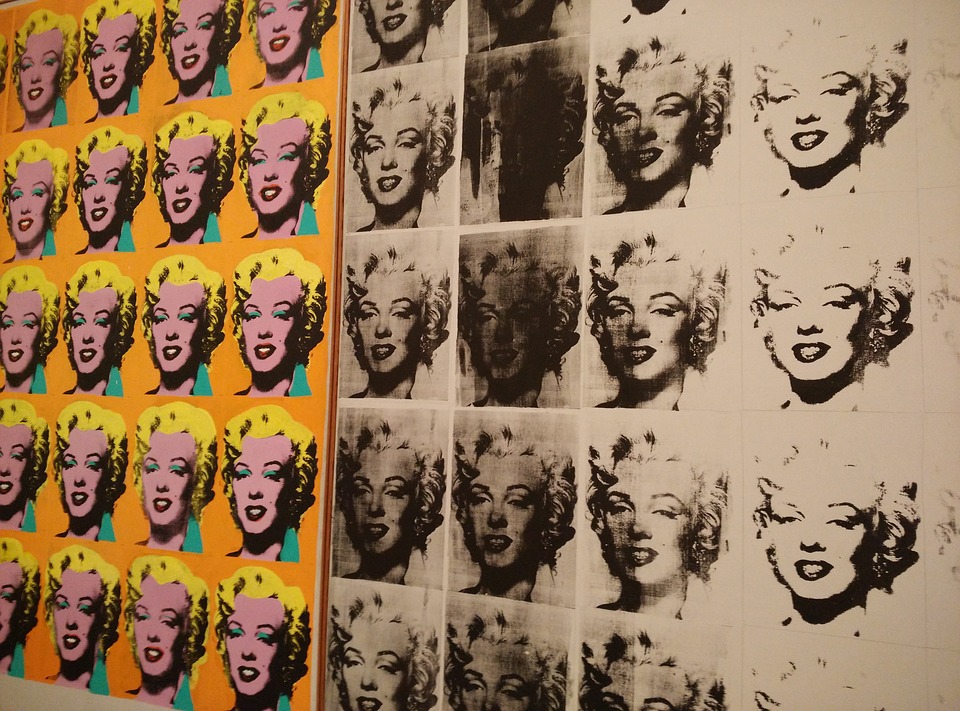
In third grade, Warhol had Sydenham’s chorea, a disease of the nervous system that causes involuntary movements of extremities. The disease caused him to be bedridden as a child, so he drew, listened to the radio, and collected pictures of movie stars around his bed to pass the time. Looking back, Warhol says that this period was very important in the development of his personality, skill-set and, preferences. Warhol started his career in magazine illustration and advertising, then moved to designing shoes, and began to make paintings of iconic American objects such as the Campbell’s Soup Cans, Coco-Cola bottles, and celebrities when he was in his forties. His work was popular and controversial. He said, “What’s great about this country is that America started the tradition where the richest consumers buy essentially the same things as the poorest. You can be watching TV and see Coca-Cola, and you know that the President drinks Coca-Cola, Liz Taylor drinks Coca-Cola, and just think, you can drink Coca-Cola, too.”
Frida Kahlo
Coyoácan, Mexico
When Frida was 18 years old, she was involved in a bus accident, and sImage may be NSFW.
Clik here to view.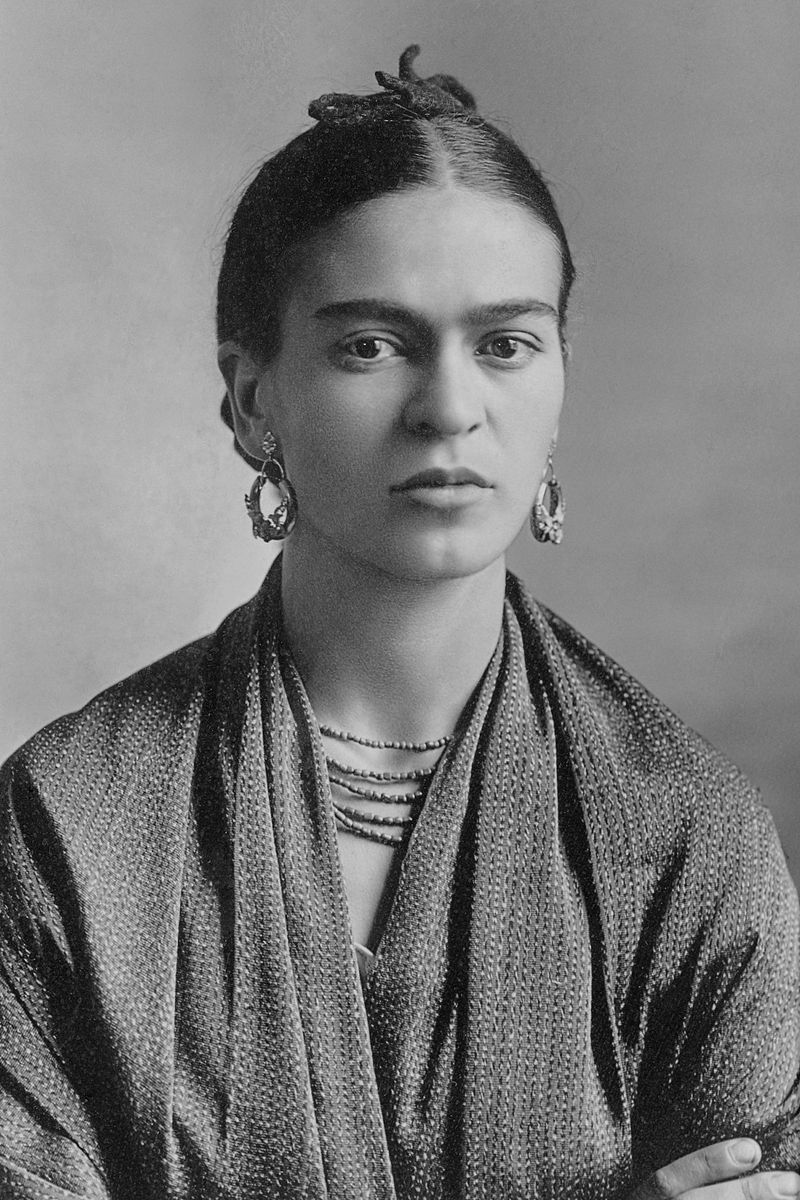 uffered from nearly fatal injuries. Her dreams of becoming a doctor came to an end because of the pain and illness she would endure for the rest of her life. During her recovery, she began to paint. She said it was her way to “begin again, painting things just as I saw them with my own eyes and nothing more.” She had an easel made that allowed her to paint in bed, and had a mirror above it so she could see herself. Throughout her life, she moved constantly with her husband and successful artist, Diego Rivera. These moves inspired Kahlo’s artistic style in many ways as she gathered a sense of identity and history, and began to draw inspiration increasingly from Mexican folk art.
uffered from nearly fatal injuries. Her dreams of becoming a doctor came to an end because of the pain and illness she would endure for the rest of her life. During her recovery, she began to paint. She said it was her way to “begin again, painting things just as I saw them with my own eyes and nothing more.” She had an easel made that allowed her to paint in bed, and had a mirror above it so she could see herself. Throughout her life, she moved constantly with her husband and successful artist, Diego Rivera. These moves inspired Kahlo’s artistic style in many ways as she gathered a sense of identity and history, and began to draw inspiration increasingly from Mexican folk art.
Yayoi Kusama
Matsumoto, Nagano Prefecture, Japan
Clik here to view.
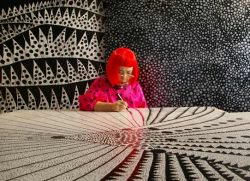
Photo by Vagner Carvalheiro [CC BY 2.0 (http://creativecommons.org/licenses/by/2.0)], via Wikimedia Commons
Image may be NSFW.
Clik here to view.![]()
When Kusama was ten years old, she began to experience vivid hallucinations which she has described as “flashes of light, auras, or dense fields of dots.” Early in her career, she began covering surfaces with polka dots that would become a trademark of her work. The vast fields of polka dots, or “infinity nets,” as she called them, were taken directly from her hallucinations. She speaks of her work, and says that, “One day I was looking at the red flower patterns of the tablecloth on a table, and when I looked up I saw the same pattern covering the ceiling, the windows, and the walls, and finally all over the room, my body, and the universe. I felt as if I had begun to revolve in the infinity of endless time and the absoluteness of space.”
Related Posts:
Celebrating Culture and Diversity Through the Arts
QUIZ: 10 Fun Trivia Facts to Celebrate Culture and Diversity
How to Teach Kids to Be Good Global Citizens
The post A Look at 6 Famous Artists from Around the World appeared first on Learning Liftoff.

